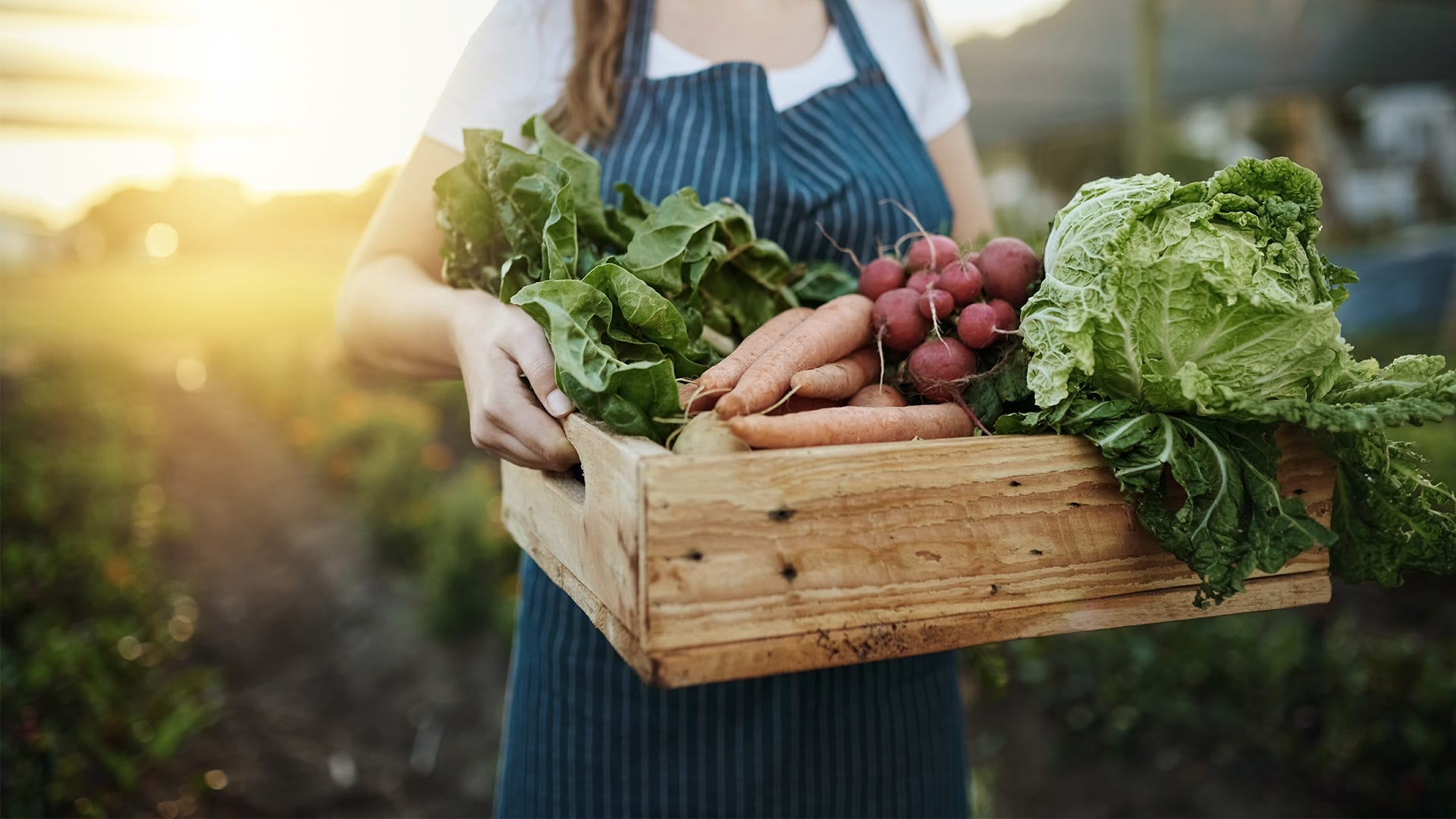
First-time gardeners may not know exactly when to harvest their plants, and they risk missing a bountiful harvest by bringing in vegetables at the wrong time. Below is a list of some of the most common veggies grown by novice gardeners, along with some useful advice on when and how to properly harvest the crop.
Beans and Peas
Snow peas, snap beans and bush beans should be harvested when the pods look and feel full, ideally when the pods have reached full size but before the peas begin to bulge in the pods. The best way to tell if your peas or beans are ready is to taste-test them. Once you’re near harvest time, check them once a day, as the pods can go from crisp and tender to woody and tough virtually overnight. If they taste good, it’s harvest time!
Root Vegetables
Root veggies come in many different forms. Here’s when to harvest the most common varieties:
- Beets: Harvest beets anytime after their “shoulders” stick out of the ground.
- Carrots: If the diameter of the root top looks large enough, the carrot is probably long enough to harvest. Pull one out to check.
- Kohlrabi: Harvest kohlrabi when the bulb is two to three inches wide. Any larger and the bulbs start to toughen.
- Parsnips: These hardy root veggies taste best after a frost, and they can actually be left in the ground over winter. In colder climates, a layer of mulch protects the roots until spring.
- Potatoes: Harvest new or “baby” potatoes when the plants flower. For mature potatoes, wait until the plant tops dry out and turn brown. Harvest from the outside of the bed to avoid cutting through potatoes.
- Radishes: Radishes should be harvested when the tops bulge out of the soil line. Don’t leave radishes too long after this point or they will toughen.
- Rutabagas: The rutabaga bulb should be approximately three inches across. Like parsnips, rutabaga flavor improves after cold weather, and the bulbs can be mulched and left in the ground over winter.
- Turnips: Harvest smaller turnips for a sweeter taste. The bulb should be two to two and a half inches at the soil line. Do not confuse with rutabagas, as turnips get woody when left too long after ripening.
Onions, Leeks and Garlic
Let onion tops ripen and fall over before harvesting. Once you dig them up, leave the bulbs to dry in the sun. Like onions, garlic tops also brown and fall over when the bulbs are ready for harvest. Fresh garlic bulbs are delicate, so dig them up rather than pull them. Let them dry, and brush off dirt instead of washing the bulbs.
Leeks can be harvested as soon as the plant is an inch thick.
Green Leafy vegetables
You can harvest the outer leaves of leaf lettuce, kale and Swiss chard all summer, leaving the younger leaves to grow. A full head of lettuce should feel firm when you gently squeeze it. Watch lettuce in hot weather, as it can quickly go to seed.
Spinach seeds faster than lettuce. Cut the plant at the soil line as soon as you see flower stalks developing.
Tomatoes and Peppers
Your tomatoes are ready when they have full color and are slightly soft. To harvest, gently twist and pull the fruit off the vine. Let peppers ripen past the green stage to reds, yellows and purples. The fruit will be more nutritious … not to mention tastier.



